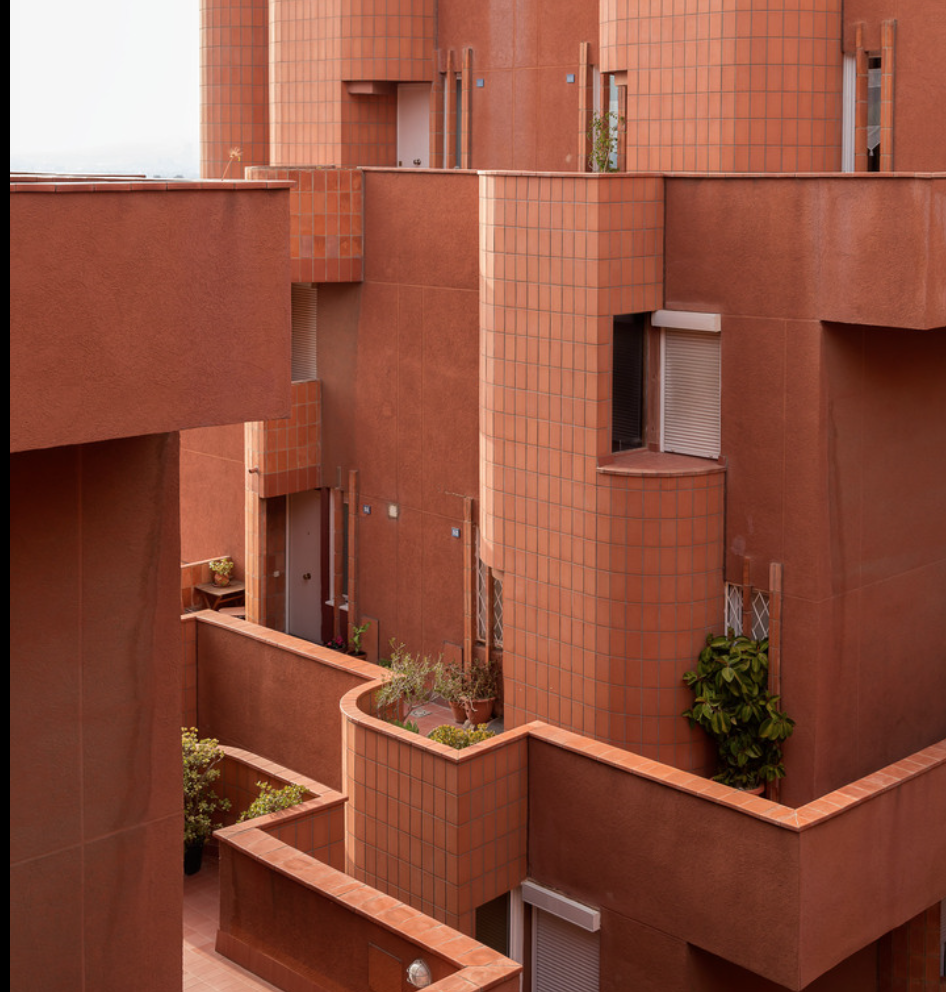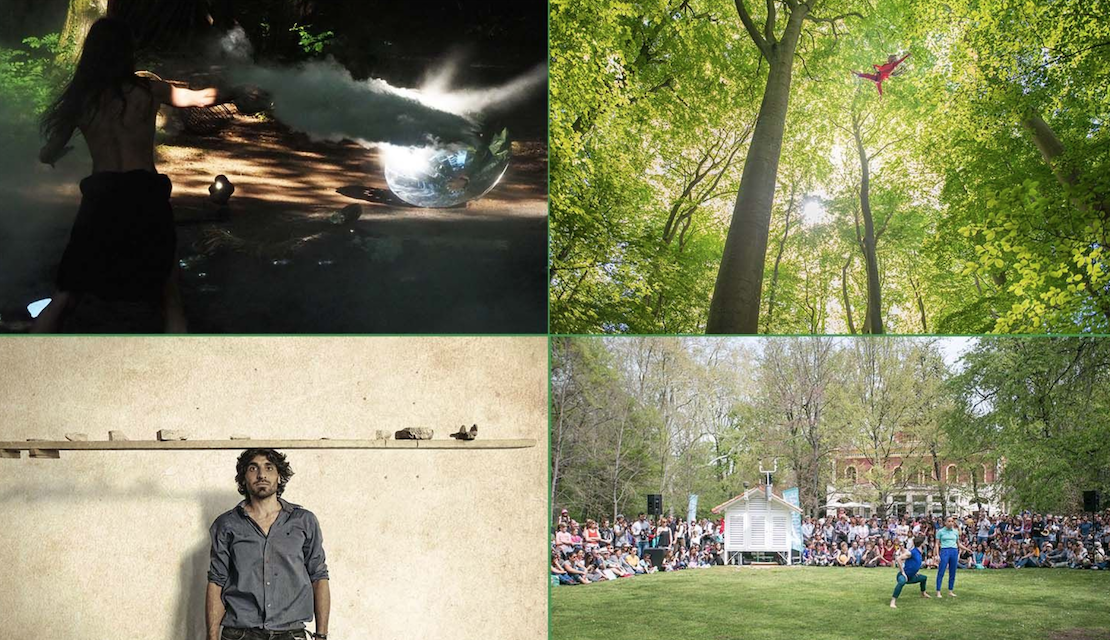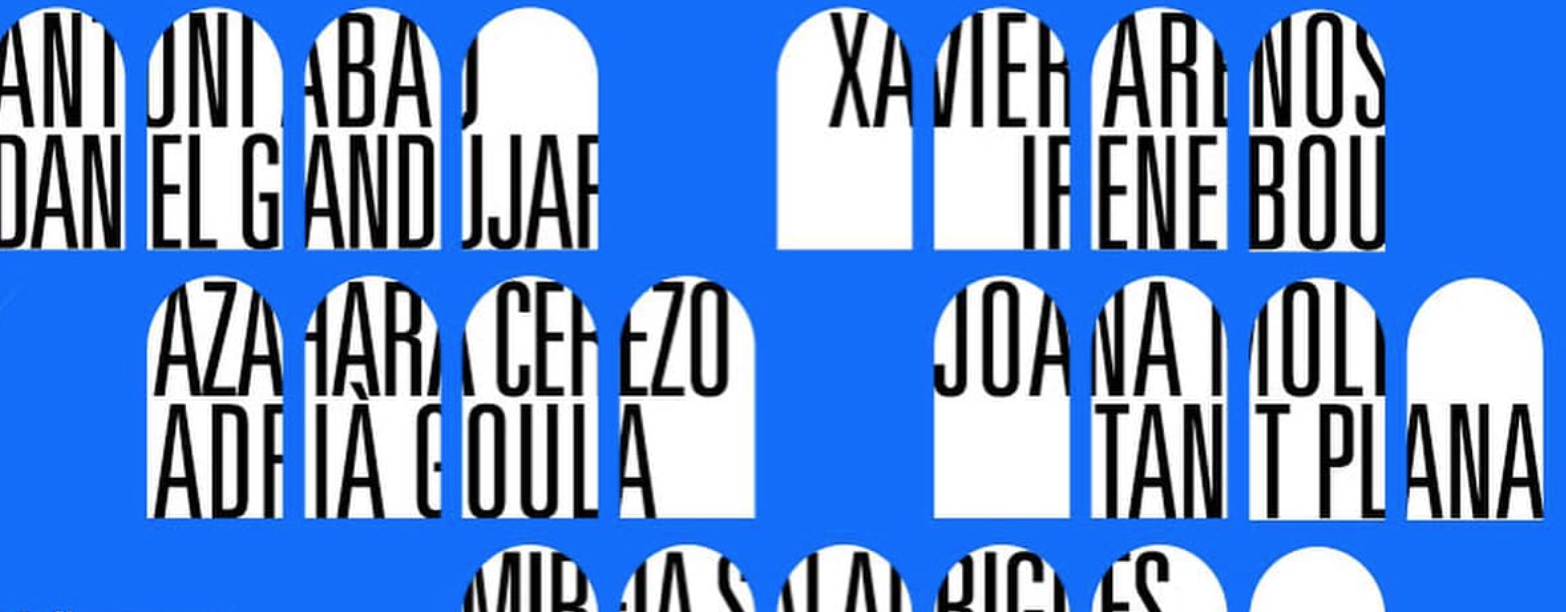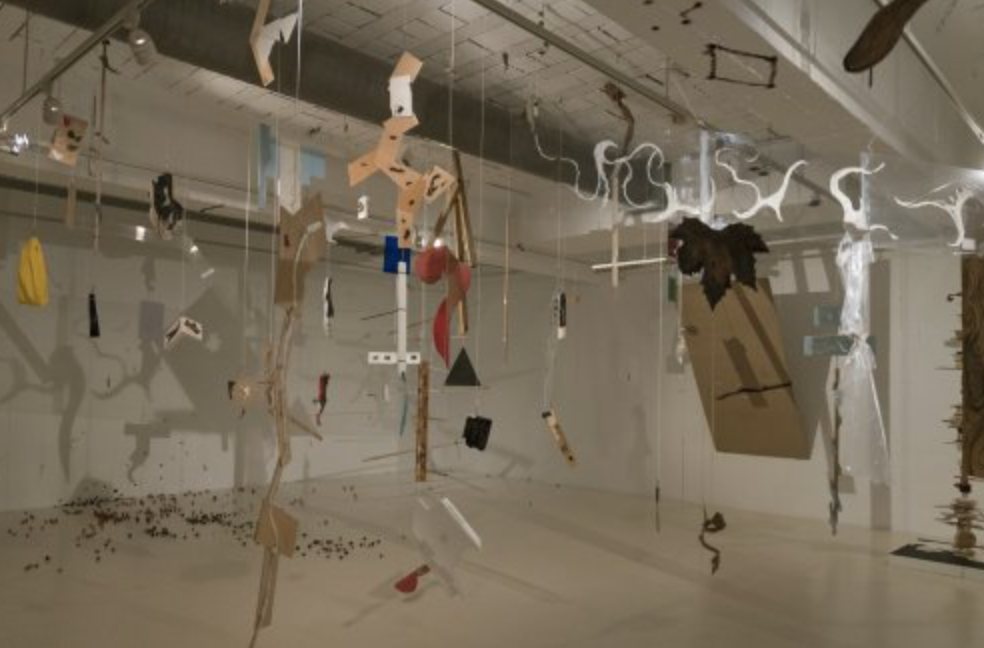Opinion
Goodbye to the universal Ricardo Bofill

Last January 14th, Ricardo Bofill, one of the most internationally renowned architects in our country, left us. An architect from around the world, who spread his talent everywhere, with a legacy of more than a thousand projects spread across 40 different countries.
Bofill was a visionary architect from day one. In the 60's, his first experiment, the Architecture Workshop, was already a declaration of intent of how provocative and groundbreaking his professional career would be. He then brought together, working together, architects, philosophers, economists and poets, among others, highlighting the important role that architecture plays in the construction of society.
Bofill's firm is one of the symbols of the opening of Olympic Barcelona to the world: El Prat Airport, which he himself expanded years later with Terminal 1, an elegant, open and bright space that is 'opens to runways and extends in all directions. Still in Barcelona, his works are also such as the Teatre Nacional de Catalunya, the INEFC headquarters or the controversial Hotel Vela.
The private house that was built in Mont-Ras is another of its most groundbreaking and brilliant projects in Catalonia, along with other utopias built such as Kafka Castle in Sant Pere de Ribes, the Gaudí District of Reus or the Laboratories of Lliçà de Vall.
In Spain, Bofill's mark is on the Palacio de Congresos or the Manzanares Park in Madrid, and especially in the Valencian Country, where the renovation of the Turia riverbed with the Turia Gardens in the capital Valencia and the Wall stand out. Red of Calp.
But among his work, social housing, "the most difficult challenge for an architect" as he himself advocated, was present throughout his career. The Walden 7 in Sant Just Desvern is probably the most significant example, not only for its beauty, but also for what it means: a real cooperative housing building designed for interrelationships between families. A utopia of 1970 that sought new ways of living and making community that today is still a living claim.
In addition, Bofill successfully exported this model of cooperative and social housing abroad, with a special presence in France and Algeria. The Echelles du Baroque, in the 14th arrondissement of Paris, and the Antigone district in Montpellier are good examples. So are Bofill's ability to make his interventions directly affect the compaction of neighborhoods and the planning of cities. And the difficult but indispensable function of architecture to make the people who live in these spaces feel proud to live there.
The other side of Bofill's architecture is that of large buildings, such as Shiseido Ginza's headquarters in Tokyo, or Cartier's in Paris, as well as Mohammed VI University in Ben Guerir and Rabat. Not to mention the two imposing skyscrapers he erected in the mecca of skycrapers, Chicago.
Bofill's footprint is immense, impossible to review without stepping on dozens of cities. It is already part, in capital letters, of the History of Catalan Architecture. Rest in peace.








